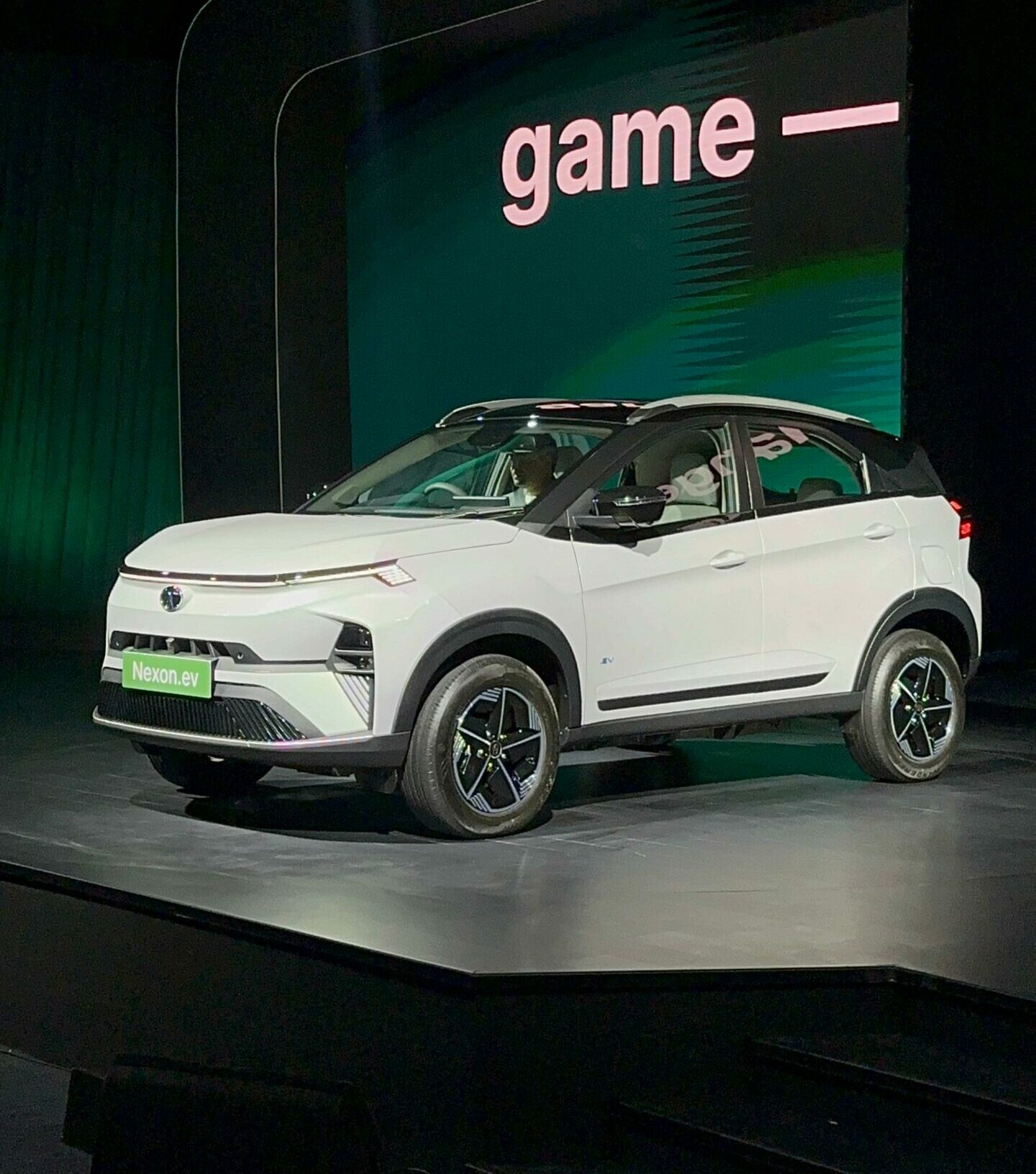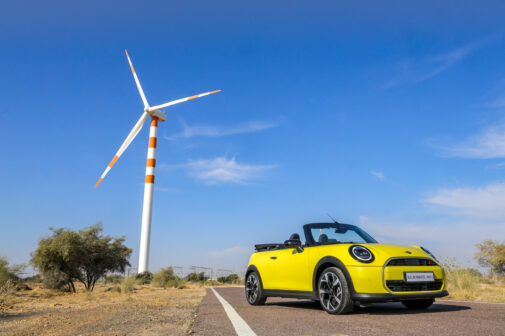This was pretty obvious. After the combustion-powered Nexon, it wasn’t going to be long before Tata paid attention to the Nexon.ev. After all, the Nexon.ev cemented Tata Motors’ image as a prominent, homegrown electric car manufacturer. Bookings for the new Nexon.ev will open from September 9 onwards, while the launch will take place on September 14. Oh, and by the way, the electric division of Tata Motors is now known as Tata.ev, and as such, future EVs from Tata will most likely carry the new .ev suffix.
Since EVs are mostly about range, let’s get that out of the way first. The Tata Nexon.ev will be available in medium range and long range configurations. The medium range version retains the 30 kWh battery pack, but it now claims 325 km on a single charge, as opposed to its predecessor’s claimed range of 312 km. This battery pack takes 10.5 hours for a 10-100 per cent charge via a normal AC home wallbox charger, while a 7.2kW AC charger will take a claimed time of 4.3 hours. A DC Fast charger will take a claimed time of 56 minutes for both medium and long range versions. There are four levels of regeneration on offer, which can be adjusted via paddles behind the steering wheel. The Nexon.ev also gets three driving modes – city, eco, and sport.
Meanwhile the long range version claims 465 km of range on a single charge with the 40.5 kWh battery pack, which is an increase of 28 km over its predecessor. The regular AC wallbox charger will take 15 hours for a 10-100 per cent charge, while a 7.2 kW AC wallbox charger will take 6 hours. A 15 A portable charger will take a claimed time of 10.5 hours for the medium range, and 15 hours for the long range variant for a 10-100 per cent charge.
The Tata Nexon.ev gets a new Gen 2 electric motor, the outputs varying across both configurations. The medium range version offers 127 bhp and 21.9 kgm of torque, while the long range variant puts out 142 bhp and 21.9 kgm of torque. This makes it reach a claimed top speed of 150 kmph, while triple digits can be reached in just 8.9 seconds (9.2 seconds for the medium range variant).
Obviously, the Tata Nexon.ev stays identical to the combustion-powered Nexon in terms of styling. However, the new front-end does feature one crucial difference, and that is the full-length LED strip running across the nose of the car. The side profile remains identical, but the door cladding has thinned down to quite some extent. At the rear, the tail-lamps are connected via a full-length LED strip. The lighting setup on both ends also receive digital signatures to convey various kinds of messages, such as greetings or charging status.
The interiors are, well, again, identical to that on the combustion-powered Nexon. It has the new digital instrument cluster, the Land Rover-inspired steering wheel with a piano-black panel, where the Tata logo lights up. A new 10.25-inch touchscreen infotainment system also makes its presence felt, along with the new centre console, which now gets touch-sensitive controls. However, there are proper buttons for fan speed and temperature adjustment.
For the first time, the Nexon.ev comes with vehicle-to-load technology, which allows you to charge your gadgets with your car. Not just that, it is also the first homegrown EV to offer vehicle-to-vehicle charging, with which you can charge other Tata EVs on the road. Other goodies on offer include a 360-degree camera, voice commands, a cooled glovebox, wireless CarPlay and Android Auto, in-built navigation, ventilated front seats, height adjustable front passenger seat, and wireless smartphone charging among others.
In terms of safety, the Nexon.ev offers six airbags, ABS, hill descent and ascent control, front parking sensors, hill-hold, electronic stability control, and a tyre-pressure monitoring system.
Bookings for the Tata Nexon.ev will be open from September 9, 2023 onwards at an amount of Rs 21,000. The launch will take place alongside its combustion-powered sibling, and we expect it to carry a price hike over its predecessor.
Follow our social media handles for more!
















